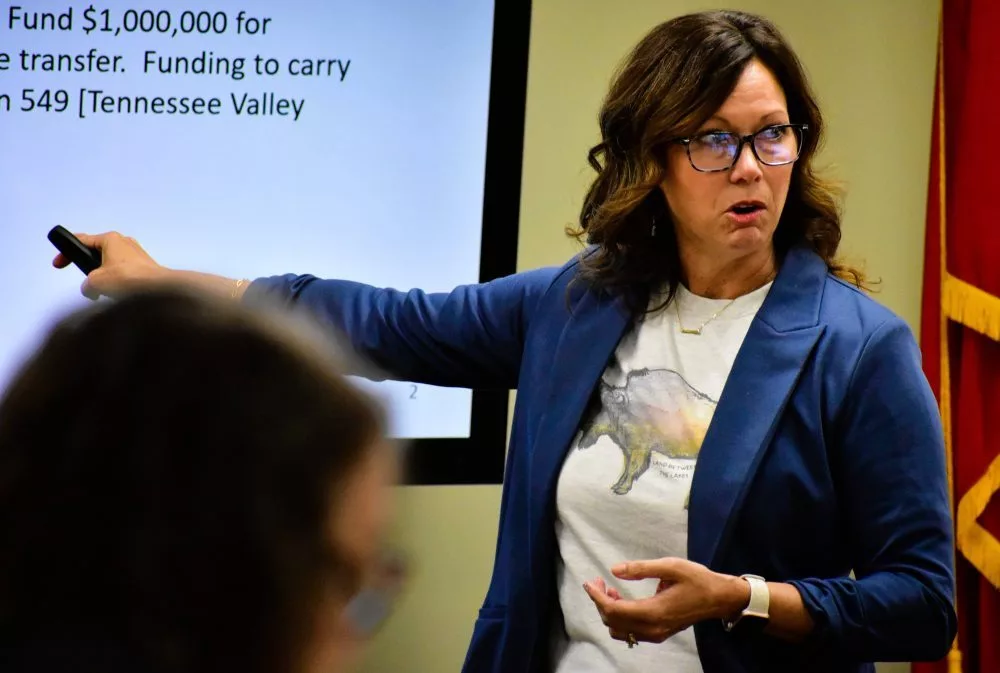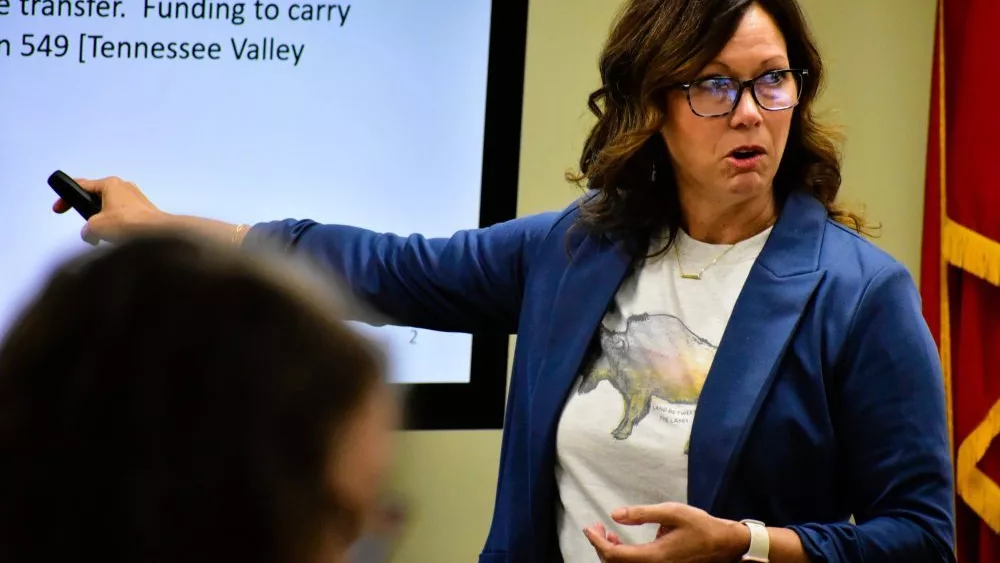
When the Protection Act of 1998-99 transferred Land Between the Lakes from the Tennessee Valley Authority to the U.S. Forest Service, two funds were created in order to promulgate future success.
One was labeled “The LBL Management Fund,” which is where recreation fees, resource management revenues and other general financials are streamed, and its ledger is governed by the LBL Advisory Board.
The other was called “The LBL Trust Fund,” which became the forest service’s first-ever interest-bearing account. Limited on what it can be used for — like internships and regional promotion of LBL — it was endowed to the service from TVA, and valued at $1 million annually for the first five years for a total of $5 million.
During April’s LBL Advisory Board meeting, Forest Service Financial Specialist Kathy Coursey delivered a comprehensive look at how the trust is now being managed — after years of simply maintaining its principle.
Back in 1999, Coursey said advice from the U.S. Department of Treasury suggested the forest service invest in five-year treasury notes, and use the interest paid out every six months to spend in line with federal guidelines and restrictions.
Treated like an appropriation, Coursey confirmed this is how the School Field Trip Grant and the recently-approved Light Detection and Ranging Project of LBL’s 180,000-plus acres came to be — with other options now on the horizon.
As of February 2024, Coursey noted the trust’s cash balance stood at $6.419 million after maturation. However, the forest service now has another interest-bearing fund, and as such, she added that new advice has since been sought about potentially improving this investment.
Why? Well, while it’s good news that the principle remains, and the trust’s coffer has grown, it is Coursey’s belief the fund could be better managed.
Based on inflation and potential purchasing power, she said a $5 million investment in 2000 should be worth more than $9.2 million in 2025, and she is trying to find ways to recoup the equivalency.
From 2014-19, she said the note was getting about 1.625% interest, and from 2019-24 it was getting about 2.25%. Not abysmal, but not aggressive.
A new investment, she confirmed, didn’t mean going to the stock market, but it did mean a little higher risk, while entering a moment of more “focused growth” of the capital. And so, management made a decision to pivot the LiDAR project’s cost elsewhere, and opted for a more creative, organic financial plan of the trust.
These moves, she said, were measured — but tactical.
She also called it “a brand-new strategy” that requires “constant evaluation,” and that other options remain on the table if this doesn’t work — or if markets remain too volatile and inconsistent.
In other LBL news:
+ Jordan Crain, U.S. Forest Service supervisor and civil engineer, said discussions remain well intact for officials to construct a road to the Golden Pond Overlook. Currently, he said it’s in the design phase with the Kentucky Transportation Cabinet. When it is handed over, he said the Recreation Trail Programs Grant will be utilized to construct the road, which will likely stem off of U.S. 68/80 and be completed sometime in 2025.






